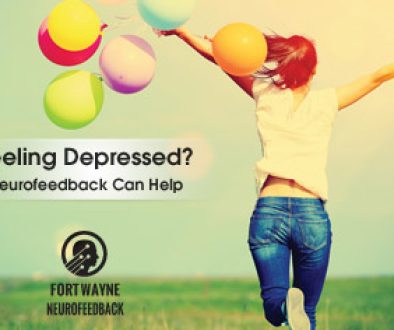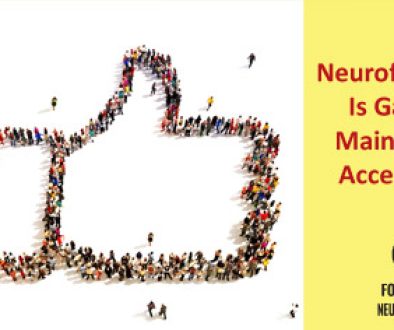TBI: NEUROFEEDBACK IMPROVES THE BRAIN

As we have mentioned before, we believe that many cases of ADHD, epilepsy, hyperactivity, and aggressive behaviors are the result of an undiagnosed head injury. This is one of the reasons for the cluster of problems that encompass the primary diagnosis. We are always on the lookout for past head traumas that may present as other disorders. We take great pains in our intake interview and testing to make sure we know what we are dealing with.
Head injuries are like so many other disorders we have discussed, and often produce anomalous The most common problem is the existence of excessive low-frequency brainwaves. In seizure activity we see abnormal spiking, usually referred to as epileptiform patterns or activity. In the case of head injuries we see excessive low-frequency waves, but they are usually even lower than we normally expect, often in the three-to four-hertz range. It is not uncommon to see four-hertz spikes when someone has suffered a head injury. Under stress, the brain retreats to the low-frequency ranges as a defense, but after a time the brainwaves become parked in the pattern. The brain establishes a new set point, or a new homeostatic point, if it parks for any length
of time. Rather than retain its normal flexibility, it is now frozen in a dysregulated pattern. Neurofeedback breaks up the dysregulation, allowing the brain to restore its flexibility and adaptability. Restoring the brain’s normal rhythms restores normal functioning.
In cases of traumatic brain injury, we frequently turn to Harold Burke, PhD, a neurophysiologist in Westlake Village, California. Among his many duties, Dr. Burke writes a monthly column in the EEG Spectrum newsletter The Synapse. The only problem we have with the column Dr. Burke on the Brain is that we wish it were weekly rather than monthly. Psychology, psychiatrists, neuropsychologists, and some neurologists across the country have incorporated neurofeedback into their practices. The board-certified neurologist Jonathan Walker, MD, of Dallas, Texas, has successfully treated patients with multiple sclerosis (MS). He reports that the neurofeedback does not repair the damage done by MS, but he feels that he trains adjacent brain tissue to pick up the work of the damaged area. This noninvasive, nonmedication modality has demonstrated efficacy in a large number of “unreachable” children and adults.
The process of healing begins in our office with a thorough history and a Brain Map/QEEG/EEG.



